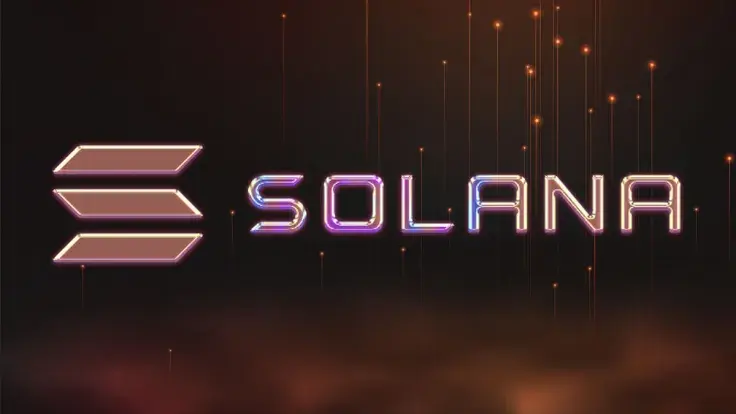
Solana founder Anatoly Yakovenko has explained the unique approach Solana takes to ensure security and performance in its blockchain. In response to a tweet suggesting that Solana's outages were due to on-chain votes, Yakovenko clarified that proof of stake systems require a lot of network communication for validation, and Solana uses quadratic messaging overhead as a requirement for classic Byzantine fault tolerance (BFT) consensus.
Solana has a large number of nodes, with 3,000 in its quorum, meaning that it needs to handle a large number of messages for each round.
To manage this load, Solana has implemented subcommittees that keep the quorum at 200 nodes, but this approach requires consensus to be measured in seconds and involves security and performance tradeoffs.
Yakovenko also explained why votes are implemented as transactions. Since every other user state transition, such as an open book order, requires the same level of security, each message must be propagated to all 3,000 nodes in the quorum. Solana uses one optimized pipeline for all messages, including votes, so they are implemented as transactions because it's the most efficient method.
Solana's design is unique and highly optimized for security and performance, as Yakovenko emphasized. However, maintaining such a network requires balancing tradeoffs between security, performance, and complexity. Yakovenko's explanation highlights the challenges involved in ensuring Solana's continued success.

 Alex Dovbnya
Alex Dovbnya Caroline Amosun
Caroline Amosun Godfrey Benjamin
Godfrey Benjamin Tomiwabold Olajide
Tomiwabold Olajide Denys Serhiichuk
Denys Serhiichuk